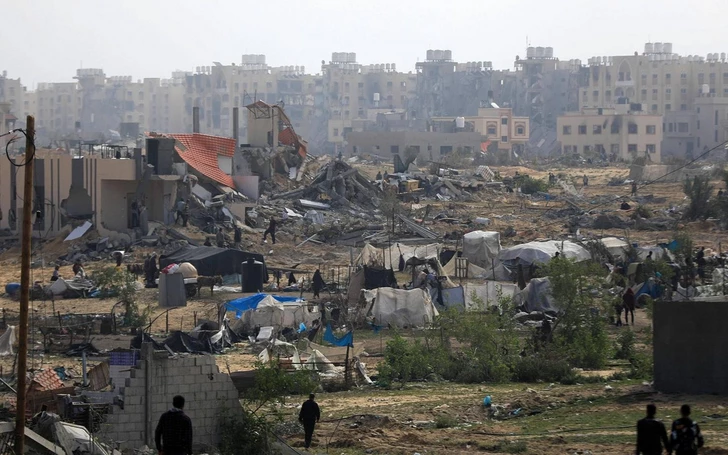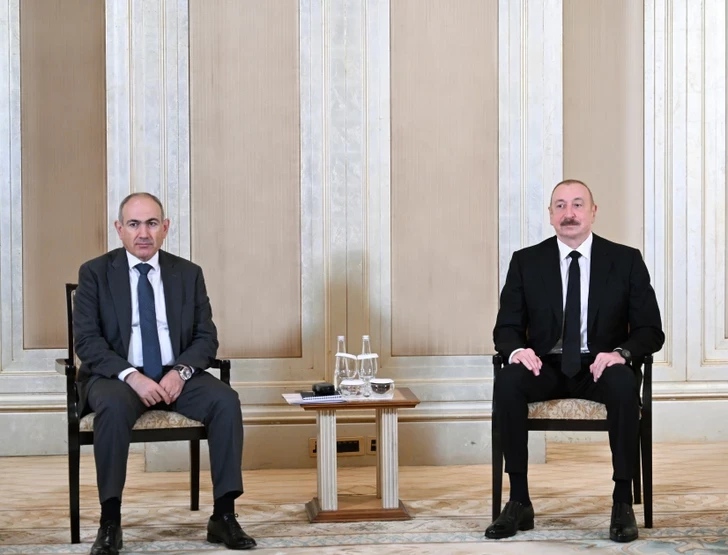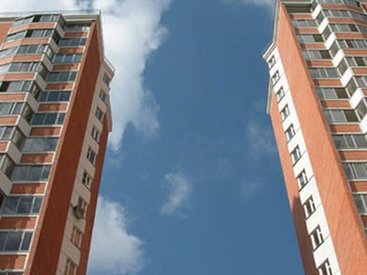July 17, 2025 – Tel Aviv / Gaza
In a move that is already drawing heavy criticism from human rights groups and international observers, Israel has formally informed mediators from Egypt and Qatar of its intention to create a closed “humanitarian city” in southern Gaza to house up to 600,000 displaced Palestinians. The plan, first floated by Israeli Defense Minister Yoav Gallant and later mentioned by Minister of Defense Israel Katz, would involve forcibly relocating civilians and confining them within a militarized zone—effectively cutting them off from the rest of Gaza.
According to a report by The National, an Emirati outlet citing unnamed sources familiar with the ceasefire negotiations, Israel also plans to establish a 2-kilometer-wide “security buffer zone” along its entire border with Gaza and a similar strip along the coastal edge of the enclave. The plan also includes relocating residents from northern Gaza to an area near Khan Younis.
A “City” Without Freedom
Critics argue the so-called “humanitarian city” is nothing more than a militarized encampment designed to control and isolate Gaza’s population under the guise of security. Residents within the proposed area would be subjected to Israeli security vetting, with movement in and out of the zone tightly restricted. The proposal has been compared by some observers to internment or forced relocation practices seen in authoritarian regimes.
“This is not a humanitarian initiative—it’s a prison camp by another name,” said a Middle East-based aid worker who asked to remain anonymous due to the sensitivity of ongoing operations. “The idea that people can be forced into a zone with no freedom of movement and then labeled ‘safe’ is a dangerous distortion of humanitarian principles.”
Netanyahu Distances Himself—But the Government Moves Forward
Prime Minister Benjamin Netanyahu has publicly distanced himself from the plan, saying it originated with his far-right coalition partners and that “no decision has been made.” Yet multiple diplomatic sources confirm Israel has already signaled its commitment to implementing the project in talks with Cairo and Doha.
This contradiction is raising alarms about the fractured nature of Israel’s war cabinet and its ability—or willingness—to restrain the more extreme elements of its ruling coalition.
International and Legal Concerns
The prospect of mass forced relocation under military pressure raises serious legal and ethical questions under international law, particularly the Fourth Geneva Convention, which prohibits forcible transfer of civilians within occupied territories.
“If implemented, this would amount to population transfer—a grave breach of international humanitarian law,” said Lama Fakih, Middle East director at Human Rights Watch. “Creating a closed enclave for displaced civilians under foreign military control cannot be justified as humanitarian protection.”
The proposed “humanitarian city” would reportedly be located on the ruins of Rafah, a city that has been almost completely flattened during recent Israeli military operations. Over 1 million Palestinians have already been displaced since the escalation began last year, with nowhere safe to go inside the besieged Gaza Strip.
Critics Point to Broader Political Objectives
Analysts say the plan reflects a broader political agenda: reengineering Gaza’s demographic and geographic reality to make future Palestinian sovereignty unworkable.
“This is a strategic move disguised as a humanitarian solution,” said Omar Shakir, a regional expert on Israeli-Palestinian affairs. “Israel wants to create facts on the ground that make a viable, contiguous Palestinian state impossible.”
The proposal comes amid a renewed push for a ceasefire and hostage-release deal mediated by the U.S., Egypt, and Qatar. It remains unclear how the plan will impact negotiations, but Palestinian representatives have already rejected the idea as “ethnic cleansing in stages.”
As talks continue behind closed doors, the international community faces a growing dilemma: how to balance pressure for de-escalation with accountability for measures that increasingly resemble population displacement under military occupation.
The world is watching. And many are asking: is this a path to peace—or a dangerous precedent?










